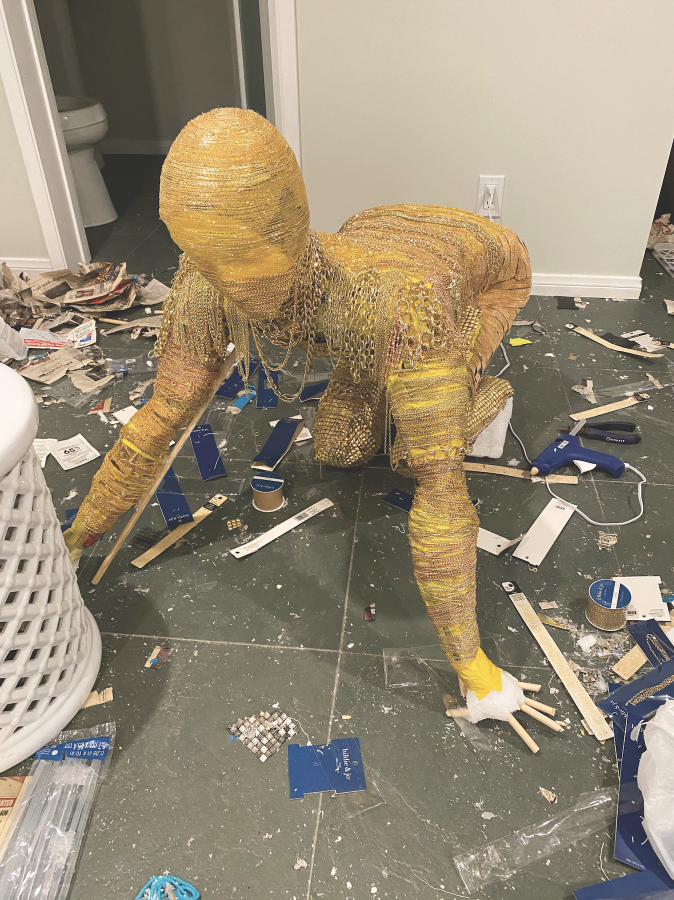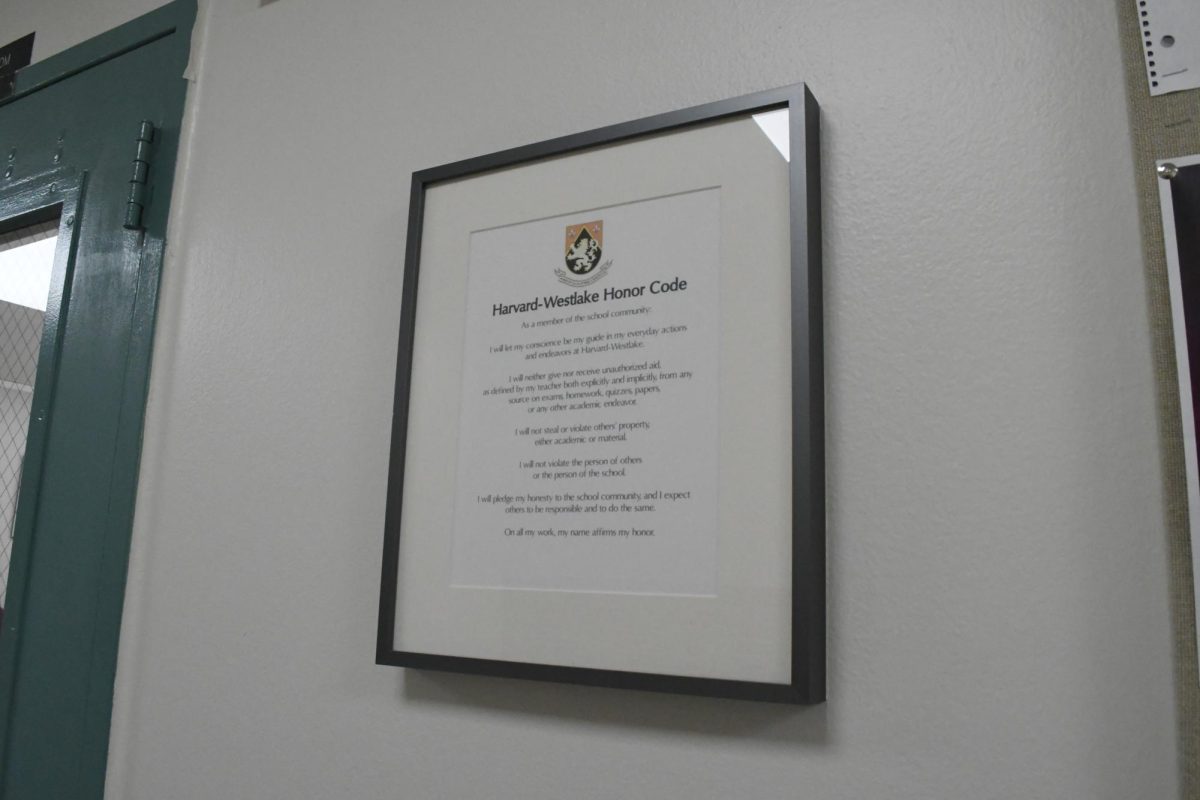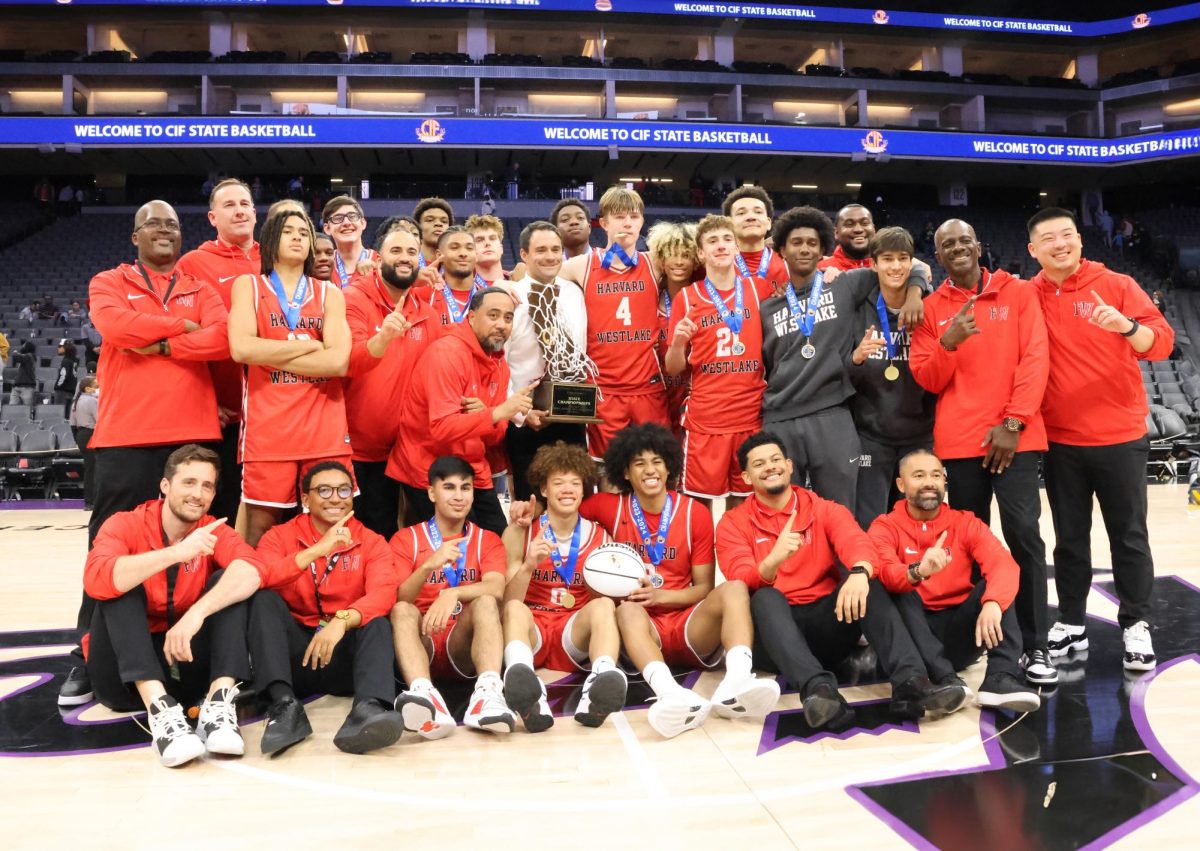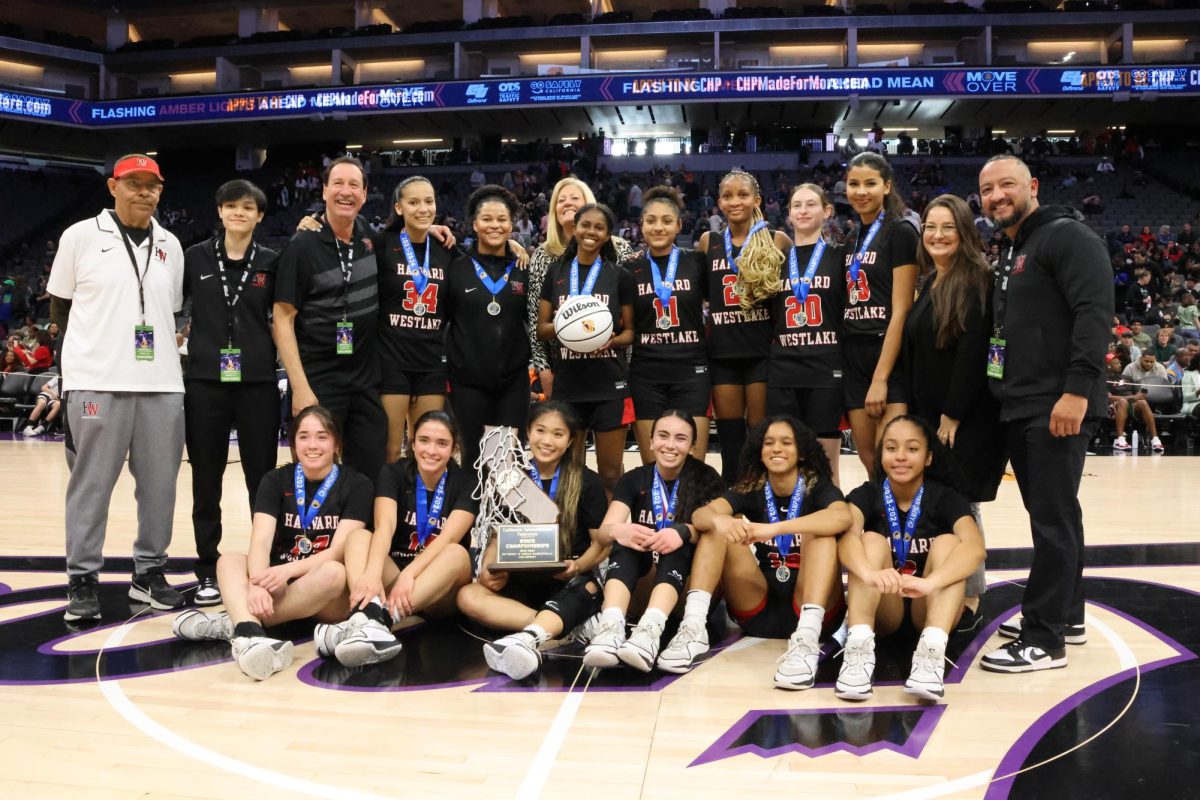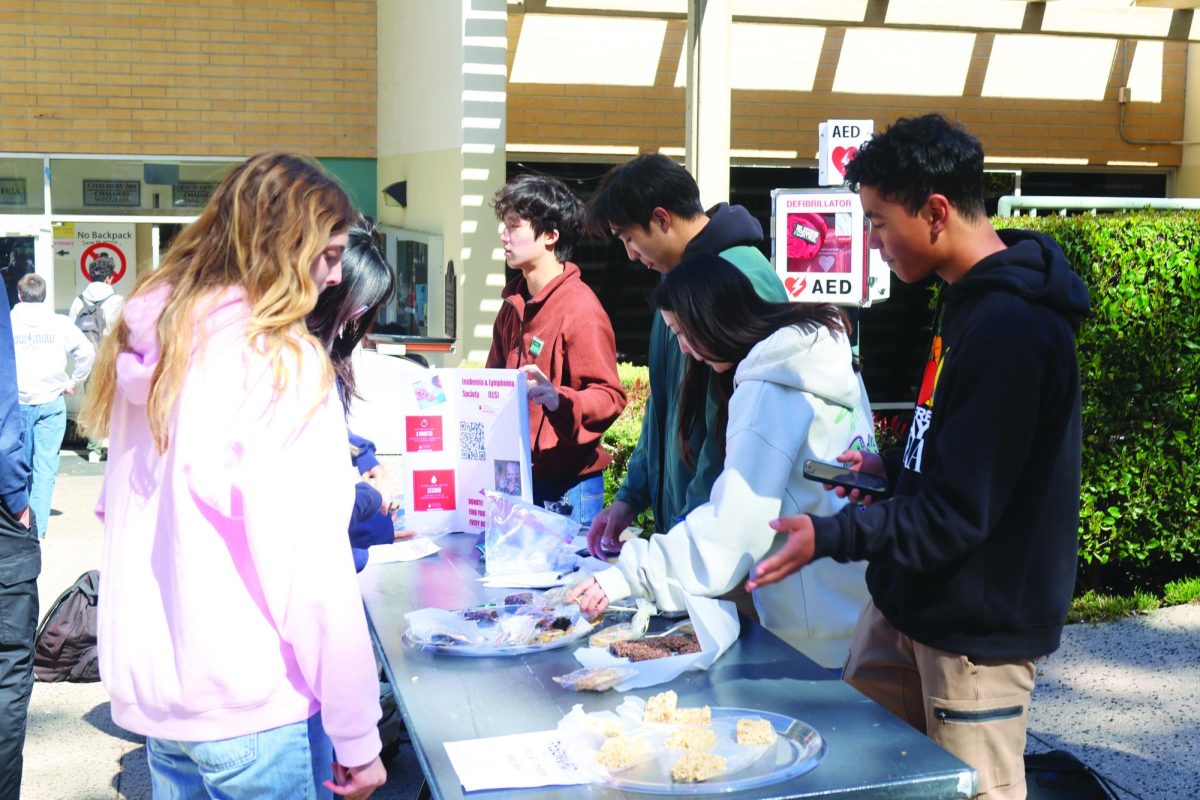Evie de Rubertis ’21, one of the seven recipients of the Junior Summer Fellowships, used her resources to explore the history and evolution of women in art and examine how these feminist works relate to her.
“I’ve never really studied something that I wanted to,” de Rubertis said. “I’m really into feminist-focused artwork. A lot of the pieces I do are centered around feminism, particularly the female body, [and] the whole point [of my fellowship] is to study women’s role in society through [their] depiction in art at a given time.”
When she originally applied, de Rubertis had planned to travel to Italy, France and Greece to see various museums and exhibitions of feminist art.
De Rubertis planned to focus mainly on the Hellenistic Age and the ’70s art movement, comparing and contrasting the two eras. However, due to COVID-19 restrictions , she was forced to adapt.
“I expanded to track the female form through time,” de Rubertis said. “I start[ed]off with Venus Willendorf, the first known female structure, and end[ed] with the ’70s movement.Obviously I would have loved to go to Europe, but this was kind of a blessing in disguise because I was able to expand the focus of my study.”
Along with researching the feminist genre, de Rubertis created her own art. Using the resources granted to her, she gathered a diverse array of materials to craft two pieces: one of Nike, the goddess of victory, and another of a woman crouching in a runner’s stance, covered in chains.
“[The second] is my interpretation of where I think women are headed in our time.” de Rubertis said. “It’s about reclaiming feminine beauty [so] that we apply it to ourselves, and not others upon us. The chains are a hint at captivity or restrictions that are owned by us and not by the captors.”
Despite changes resulting from the coronavirus pandemic, deRubertis said she still took full advantage of her grant and found ways to explore her passion.
“It’s an incredible experience to learn for yourself rather than to learn for a grade,” de Rubertis said. “I’d 100% recommend it to anyone.”


































